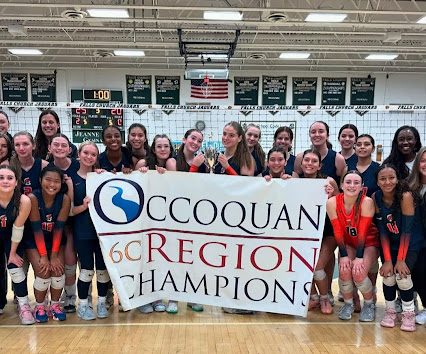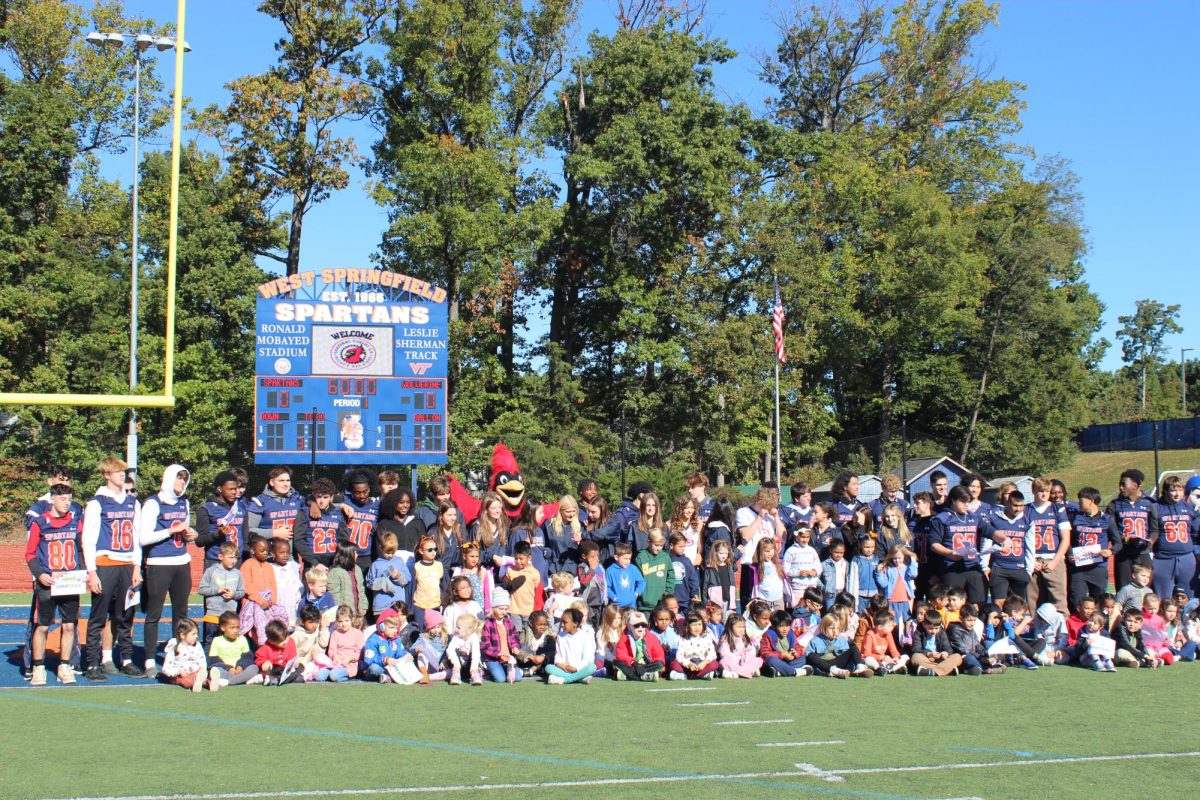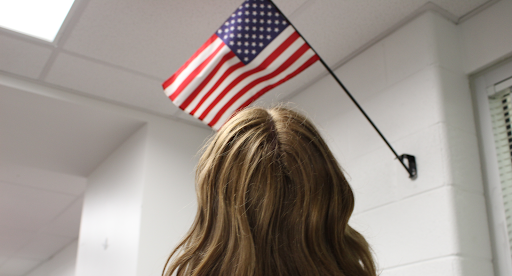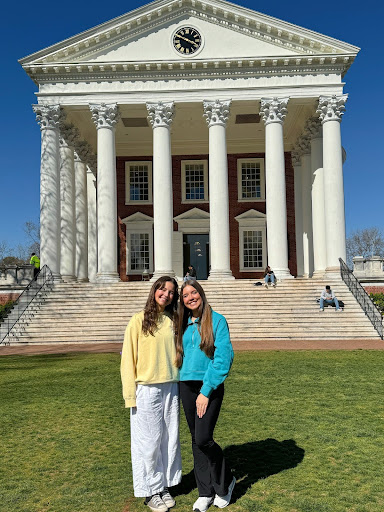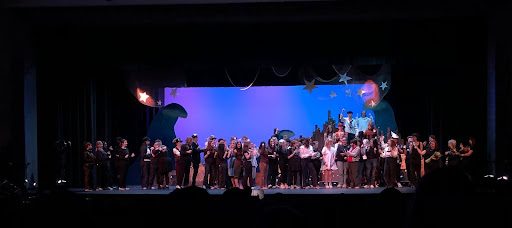![According to the FCPS Restorative Justice Brochure, restorative justice comes with seven primary goals. Part of building the welcoming community comes through the class circle process. “It’s voluntary and everything that is said there is confidential,” said counselor Monica Hayes. “It’s the beginning of those [strong] relationships [in the community].”](https://theoracleonline.org/wp-content/uploads/2024/04/unnamed-28.png)
The emphasis on restorative justice has increased within the school, along with accountability, character development and community safety.
Restorative justice identifies a problem or conflict within a community and works to find the source of the issue in order to stop it from happening again, as opposed to the commonly used retributive justice which focuses on the punishment.
“The idea of restorative justice is that you give whoever you’re having a conflict with a chance to really communicate why there was a conflict,” said AP Language and Composition teacher Leana Jensen, who has gone through the process twice.
Instead of focusing on the violation, restorative justice focuses on the reason, impact and result of the conflict.
“The core beliefs of restorative justice are having respect for each other and not judging someone based on their behavior,” said counselor Monica Haynes.
These beliefs are foundational to the process of restorative justice, part of which is composed of circle questions in a classroom to build a welcoming community. They ask basic questions, like what animal a student would be, in order to break the ice.
“You interview both parties: the harming party and the person who was harmed. We have them talk things out and hopefully come up with a resolution,” said Haynes.
This approach encourages a mutual understanding between the students, instead of assigning blame and a punishment. Participants discuss why it happened and why it was harmful to the other person.
“When there is a conflict, there are usually layers behind it. [This conversation] a good chance to talk out a situation and repair a relationship, rather than having a more punitive consequence,” said Jensen.
Disciplinary issues in schools often involve complex social and personal factors. Restorative justice aims to acknowledge that in order to fully fix the problem.
“A student at my previous school had stolen money from teachers,” said Jensen. “It turned out that this child had financial insecurity that prompted this theft and when it came down to it, they were looking for mentors.”
The overall goal, Jensen explained, is to comprehend why the action was taken and what can be done to rectify the situation.
“I tried to understand the person and why they behaved that way, and once I understood, I had more empathy,” said Jensen.
Restorative justice works with the offending student to teach an alternative solution to the problem. Instead of lashing out, they learn to deal with their problems in a more healthy way.
“The person who was harmed would feel respected because the offending person apologizes and takes responsibility for their actions,” said Haynes.
The policy also helps with fostering a community within the school. Jensen recalls befriending the offending student, and she still considers them her friend today. Students, theoretically, will feel more heard and able to communicate with both their peers and their teachers.
“It helps students develop communication skills and builds that community where people start having conversations,” said Haynes.
Students are often taught that an action is wrong, but not why it is harmful in the first place. Restorative justice aims to mend this by explaining the issue and why it was wrong.
“I believe the restorative justice process gives participants an opportunity to reflect and understand how actions can have a greater impact than they realize,” said assistant principal Ben Fiacco, who was the restorative justice facilitator for several years.
Restorative justice will aid schools in creating a positive change and environment for students by giving them an opportunity to voice their opinions.
“Whether it is deescalating conflict amongst students or a staff member, restorative practices allow everyone’s voices to be heard,” said Fiacco.

